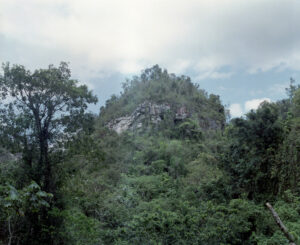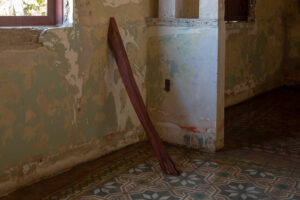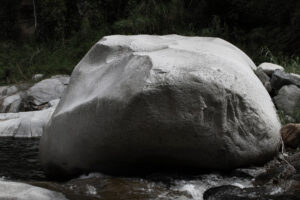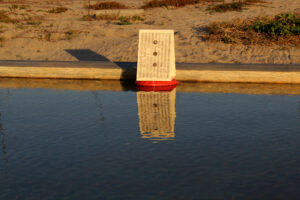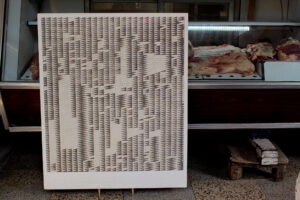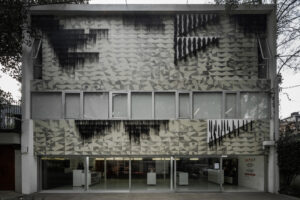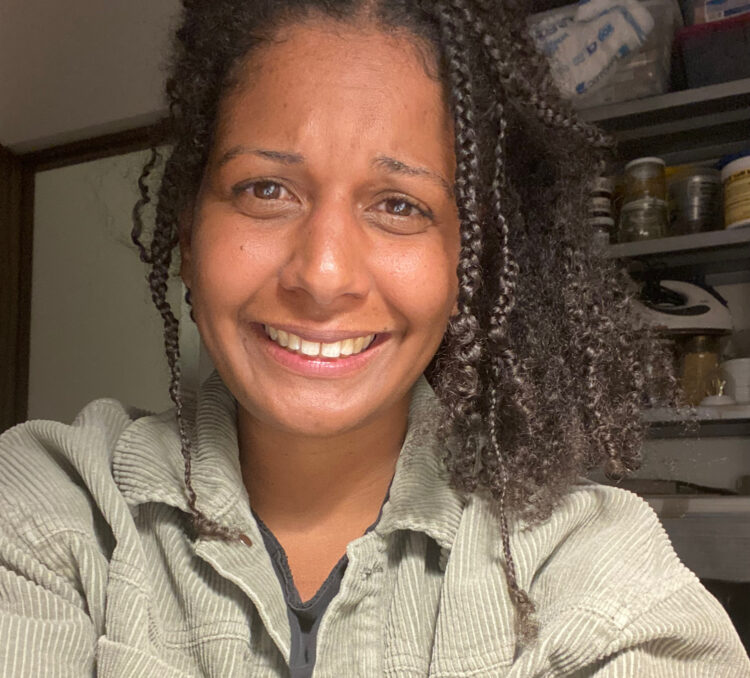
Madeline Jiménez Santil
Mexico City, Mexico
Madeline Jiménez Santil was born in Santo Domingo, Dominican Republic and lives and works in the Dominican Republic and Mexico City. In 2016, she developed the pedagogical and artistic project, Semillero Caribe, with Minia Biabiany and Ulrik López, an experimental seminar based on exercises with the body and engaging with concepts of Caribbean thinkers. Her research is focused on the possible existing relations between the body, matter, and geometry, rethinking the conditions of the exotic, the uncanny, and migration, always addressing them from an understanding of her own body and in permanent dialogue with the surrounding space. She was a part of the SOMA Academic Program and is one of the commissioned artists invited for the XIV edition of the FEMSA Biennial. She studied Fine Arts in Altos de Chavón School, an affiliate of Parsons’ The New School of Design in New York City. She moved to Mexico City to finish a major at the National School of Fine Arts.
Events
- Flow States–LA TRIENAL 2024 October 10, 2024–February 9, 2025






Karst by Ramón Miranda Beltrán.
Baya Onda Against Architecture by Ramón Miranda Beltrán.
Piedra Escrita by Ramón Miranda Beltrán.
Propuesta para mandar a flotar monumentos by Madeline Jiménez Santil at Casa Wabi.
Cancelled Subject by Madeline Jiménez Santil.
The Construction of the Strange by Madeline Jiménez Santil.
Canibalia
Madeline Jiménez Santil’s work addresses themes of the exotic, the uncanny, and migration through her own body and a dialogue with surrounding spaces.
Artist BioRamón Miranda Beltrán takes inspiration from political struggle, vernacular architecture, and the construction of history to make objects that offer a non-traditional experience to art.
Artist BioCanibalia is a series of artworks including a book and exhibition, which document the natural environment where the artists live in Puerto Rico and Mexico. Photographs holding geographical and environmental specificity to these locations will look at the colonization of the peoples of the Caribbean and Americas, aiming to reappropriate the alleged aggressiveness assigned to the Indigenous people by European settlers in order to defend from, and attack, the civilizing forces of modernity endangering humanity’s future. As humanity approaches an impasse of nature Canibalia sheds light on a new consciousness developing around ideas of Otherness.
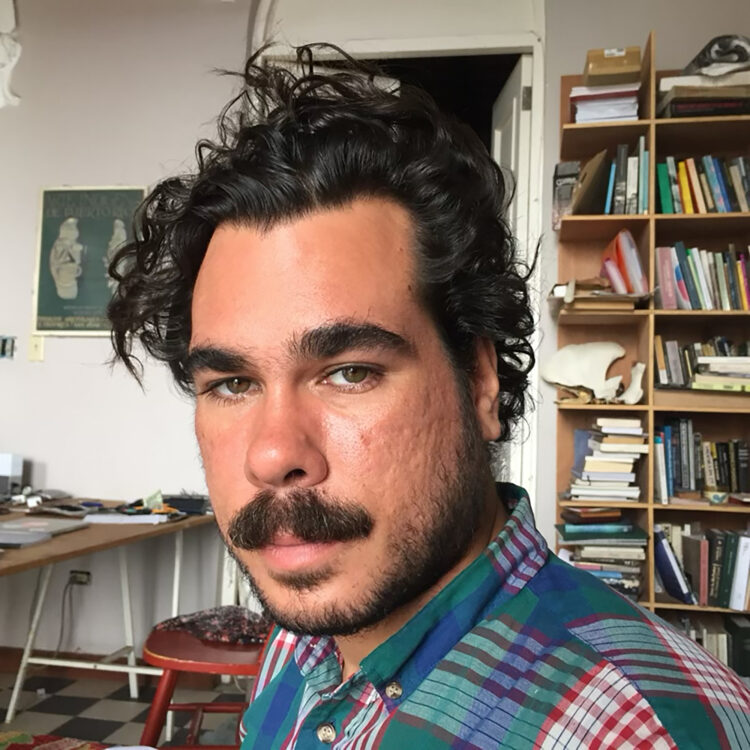
Ramón Miranda Beltrán
San Juan, PR
Ramón Miranda Beltrán’s work considers the possibilities that aesthetic thought can contribute to the construction of history. Miranda Beltrán develops a decolonial materiality using experimental methods of presentation. He takes inspiration from political struggle, vernacular architecture, and the construction of history to make objects that offer a non-traditional experience to a specific audience, transcending the institutions in which art is passively contemplated.
Miranda Beltrán holds a master’s degree from the School of the Art Institute of Chicago (2012), where he has also been a visiting artist (2016). He completed La Práctica, the post academic program at Beta- Local in Puerto Rico (2016-2017). He has received prizes from the Pollock-Krasner Foundation (2019) and The Joan Mitchell Foundation (2018). He is co-founder of La Sociedad del Tiempo Libre [Free Time Society], a cooperative gallery and production house for non-commercial projects in San Juan, Puerto Rico. His work has been exhibited at Kulturstiftung Basel H. Geiger, Basel, Beta-Local, the 2nd Trienal Poli/Gráfica del Caribe [Caribbean Poly/Graphic Triennial], Matadero Madrid art center, the Ghetto Biennale, Port-au-Prince, the Cantor Arts Center at Stanford University, UIC’s Gallery 400 and the DePaul Art Museum in Chicago among other international museums. He lives and works in San Juan, Puerto Rico.
